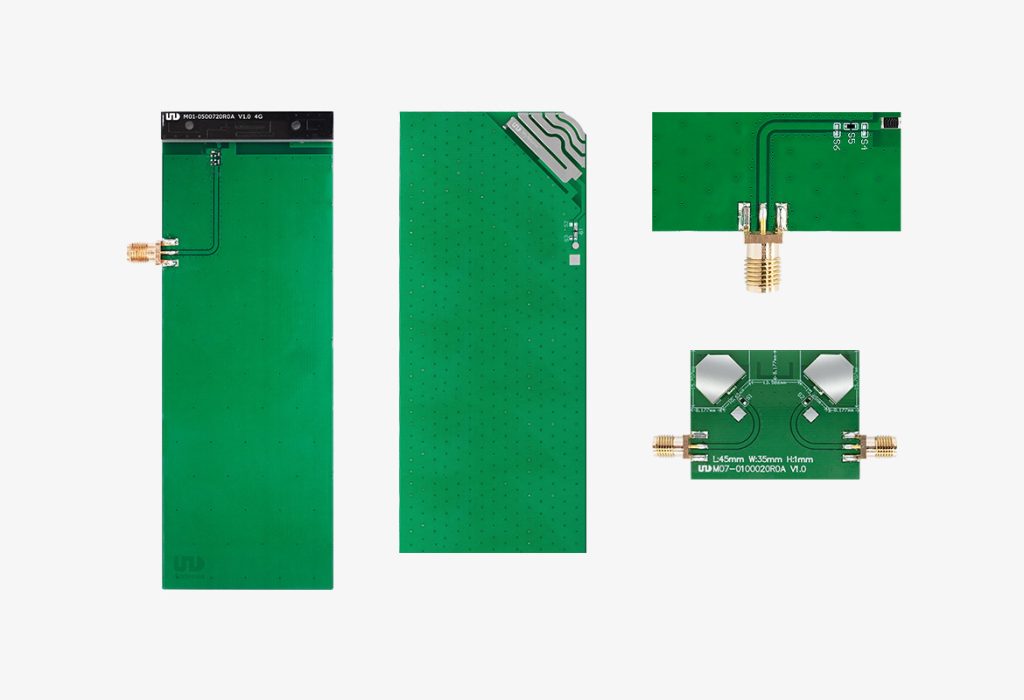The Importance of Rapid Prototyping in IoT Development
In the rapidly evolving world of technology, IoT prototyping has emerged as a crucial step in the development of Internet of Things (IoT) solutions. This process allows developers to create preliminary models of their ideas, enabling them to test concepts and gather feedback before full-scale production. But why is rapid prototyping so essential in the IoT landscape?
Understanding IoT Prototyping
IoT prototyping refers to the creation of a preliminary version of an IoT device or system. This prototype serves as a tangible representation of the final product, allowing developers to explore functionality, design, and user interaction. By utilizing various tools and technologies, developers can simulate real-world scenarios, which is vital for identifying potential issues early in the development process.
Benefits of Rapid Prototyping in IoT
- Faster Development Cycles: Rapid prototyping accelerates the development process, allowing teams to iterate quickly based on user feedback.
- Cost Efficiency: By identifying flaws early, companies can save significant resources that would otherwise be spent on later-stage revisions.
- Enhanced Collaboration: Prototypes facilitate better communication among team members and stakeholders, ensuring everyone is aligned on the project vision.
- User-Centric Design: Engaging users during the prototyping phase leads to products that better meet their needs and expectations.
Key Considerations for Effective IoT Prototyping
When embarking on IoT prototyping , several factors should be taken into account:
- Define Clear Objectives: What do you aim to achieve with your prototype? Establishing clear goals will guide the development process.
- Choose the Right Tools: Utilize appropriate software and hardware tools that align with your project requirements. For instance, consider exploring specialized components like antennas for enhanced connectivity. You can find a variety of options at
 .
. - Iterate Based on Feedback: Use feedback from testing to refine your prototype. This iterative process is key to successful IoT prototyping.
Challenges in IoT Prototyping
Despite its advantages, IoT prototyping is not without challenges. Developers often face issues such as:
- Integration complexities with existing systems.
- Data security concerns that must be addressed during the design phase.
- Balancing functionality with user experience.
Conclusion
In conclusion, the significance of rapid prototyping in IoT development cannot be overstated. It not only fosters innovation but also ensures that the final product is both functional and user-friendly. By embracing IoT prototyping , developers can navigate the complexities of IoT solutions more effectively, ultimately leading to greater success in the market.
